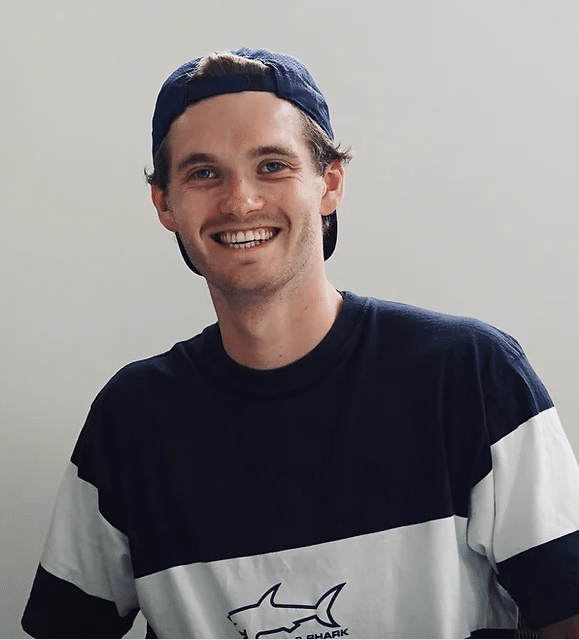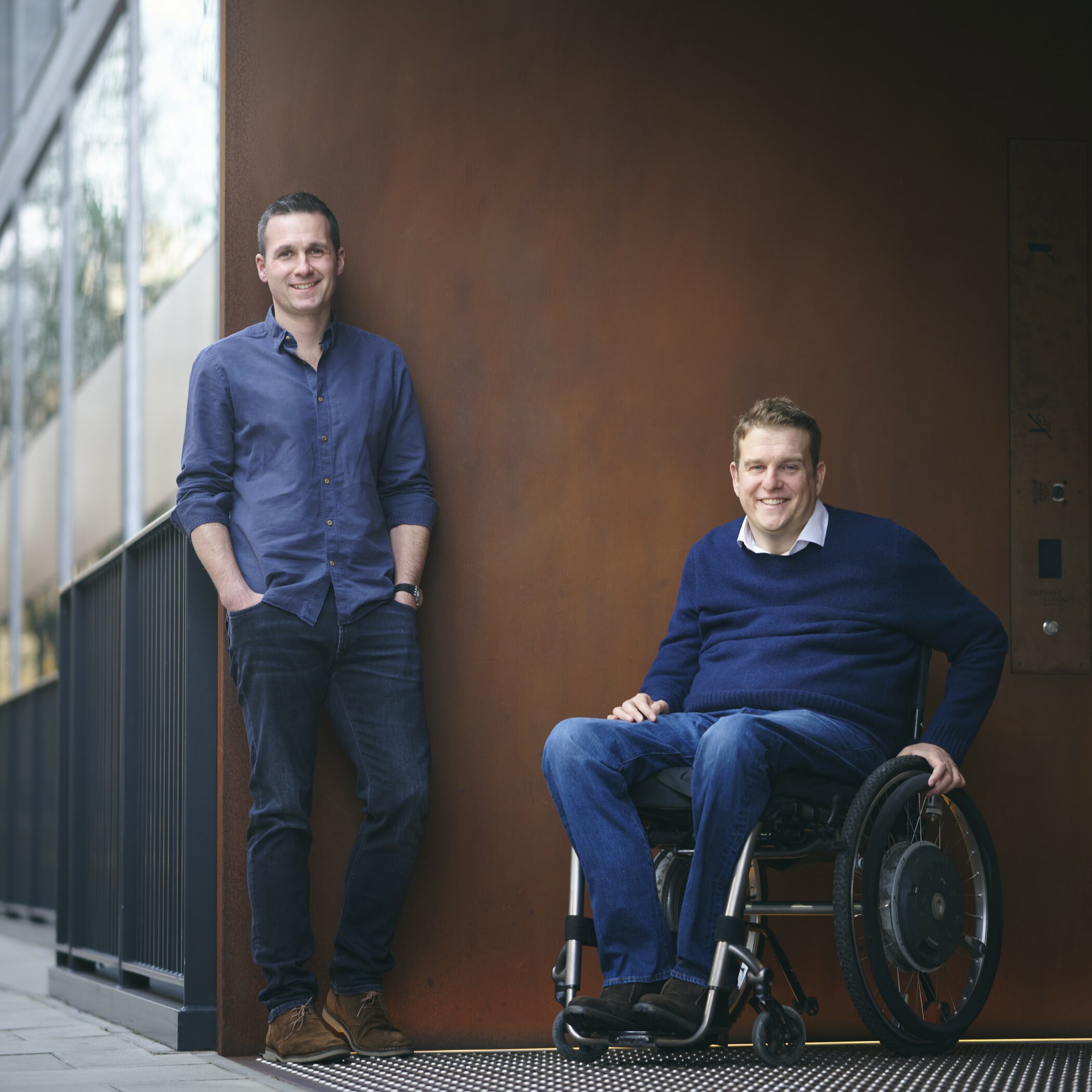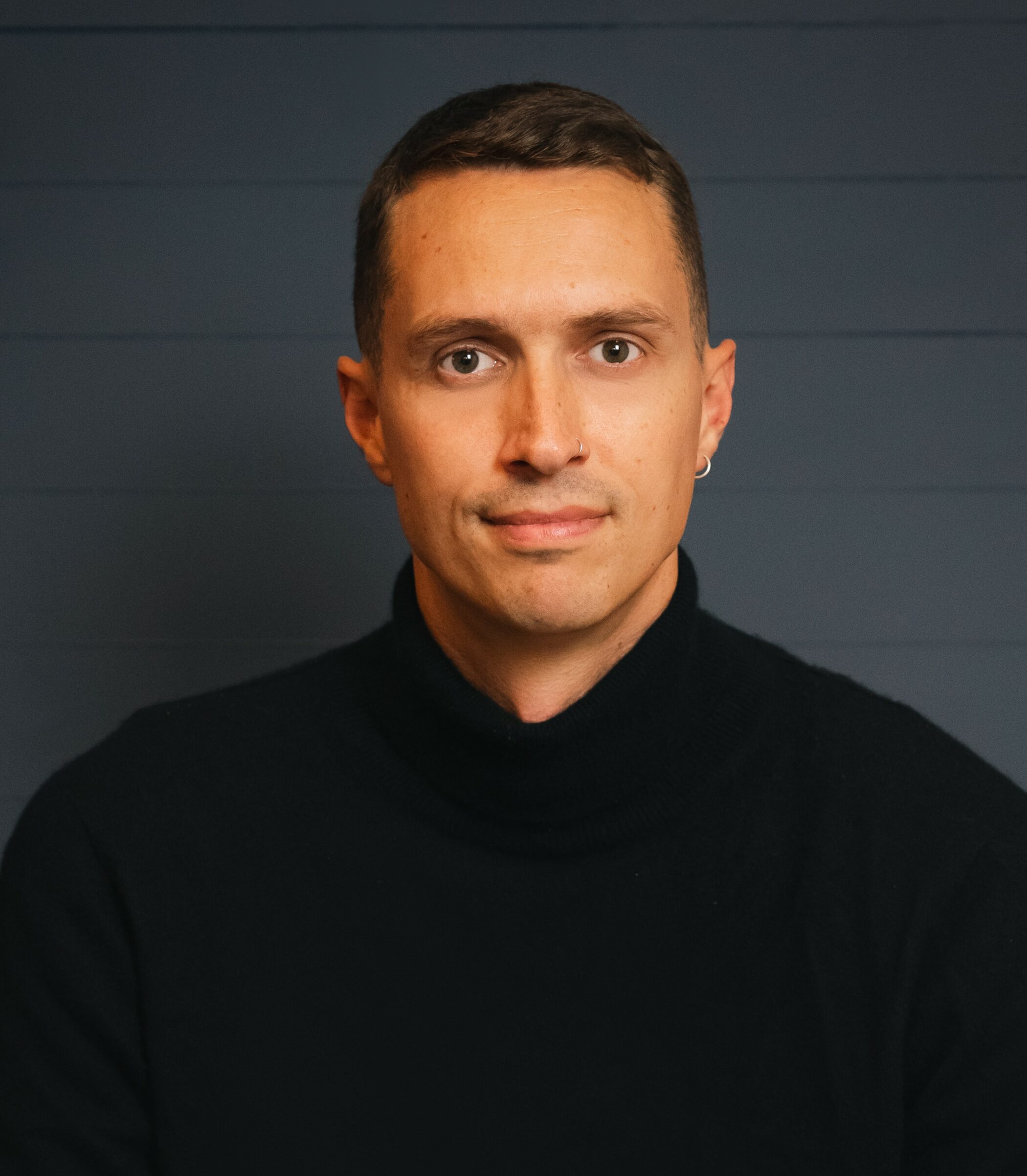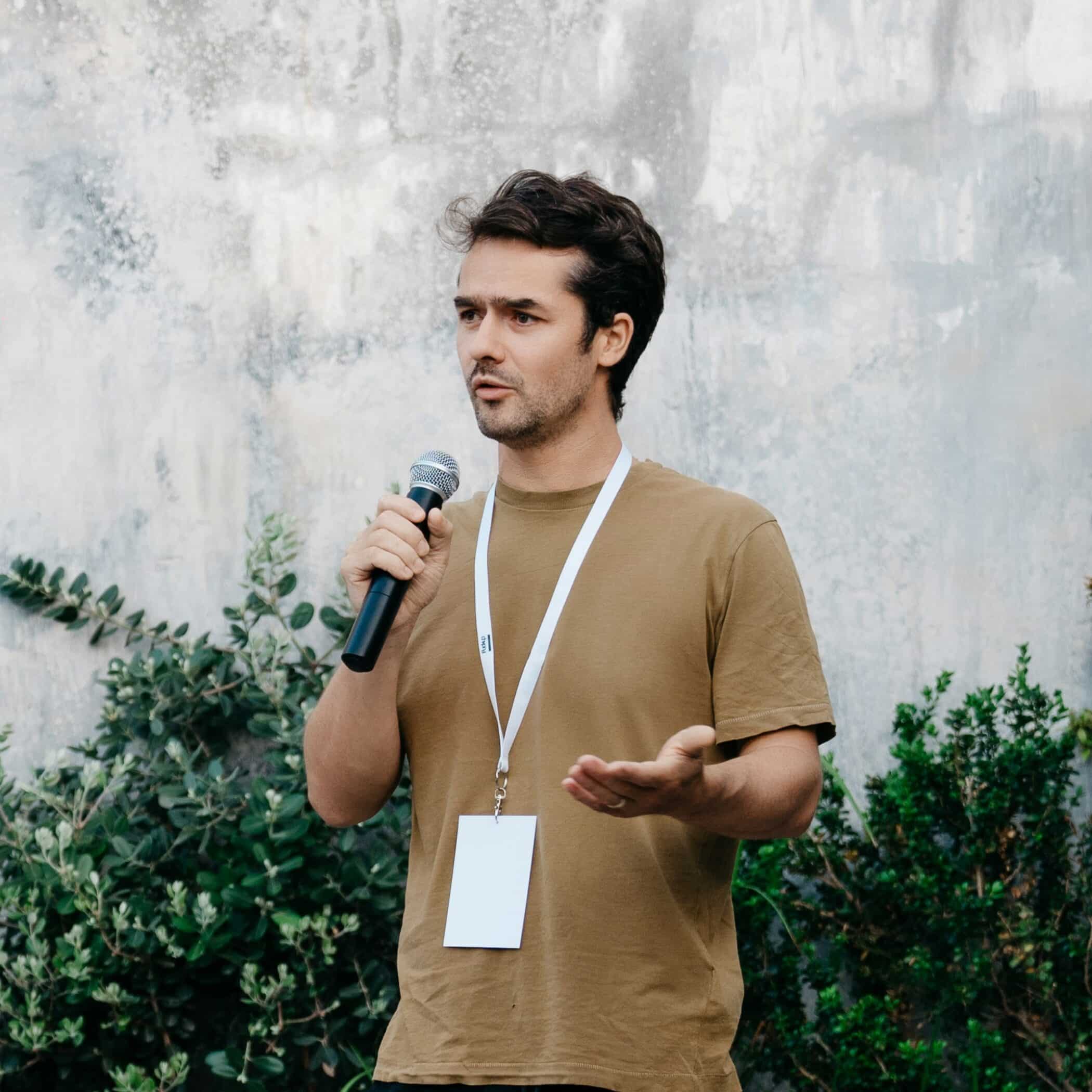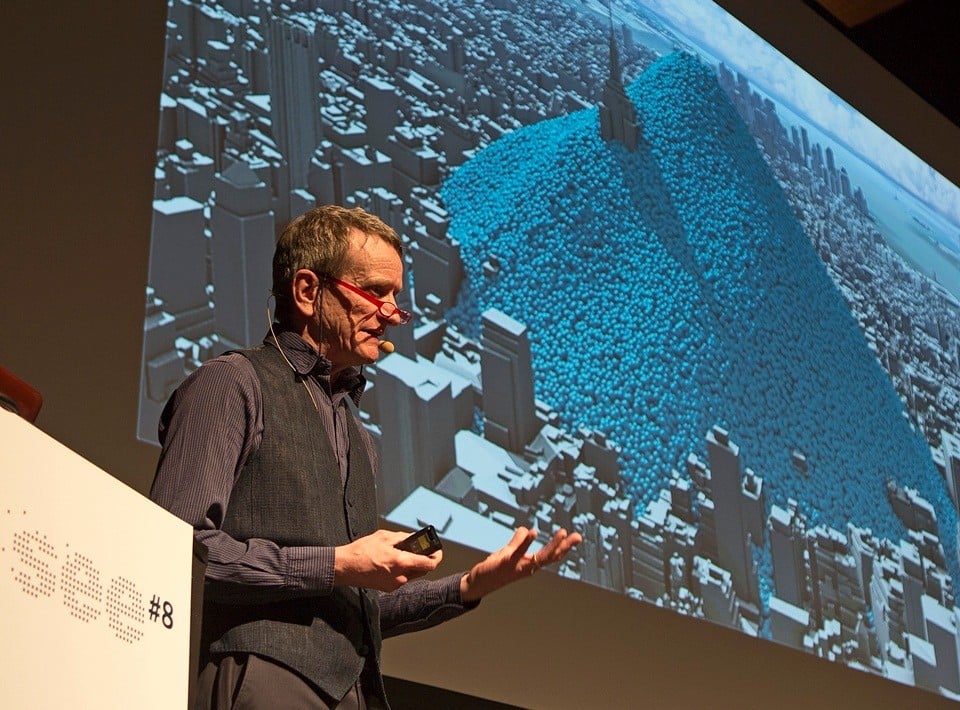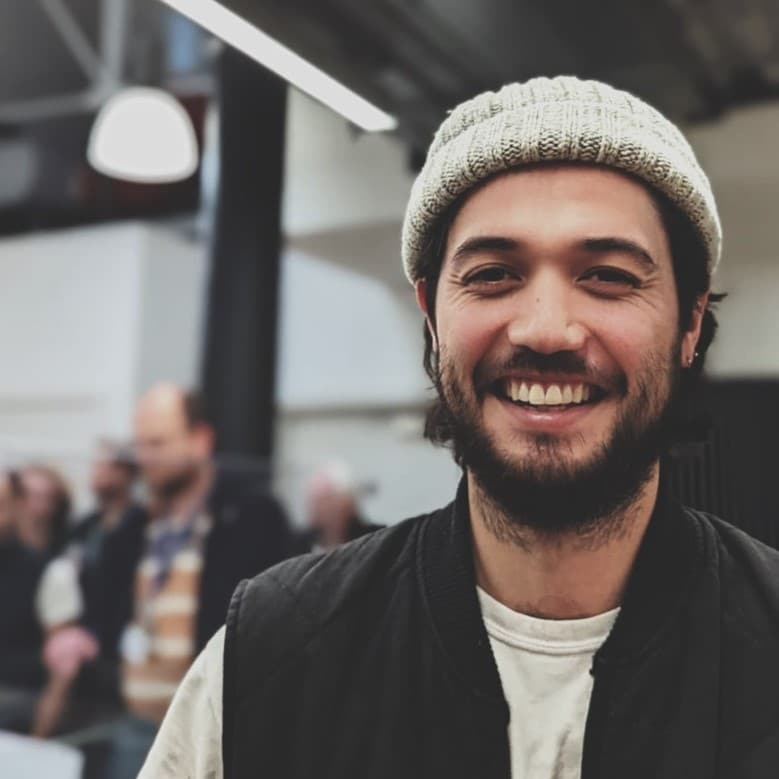Will received a First in Architecture from Oxford Brookes University, and while you might expect Will to follow a career in architecture, he’s taken a completely different path. Today you will find him equally at home designing wallpaper, working as a brand consultant, or producing podcasts with individuals who inspire him and see life from a different angle.
What did you do after leaving Radley?
I took a gap year before university. I travelled to Australia for six weeks with my grandad, who is Australian; we drove to Sydney, Brisbane, the Blue Mountains. He took me to places where he grew up, and it was great to experience Australia through his eyes. I look back on that time with great fondness, it’s a cherished memory of him.
I took a trip around India for a month with two Radley friends which I loved. But one of the best things I have ever done was walk the Camino de Santiago, which is a pilgrimage in northern Spain. I loved the freedom, having just a backpack and a guidebook, following arrows on the road, no set agenda, walking as far as you want to. I met people from all nationalities and walks of life. It was a very grounding experience.
As you took architecture at university, was that your dream career?
It wasn’t something I ever aspired to. Initially, I wanted to study art, but my parents persuaded me to take architecture instead, believing it had a more secure career path. Luckily, I loved it! The Brookes architecture course is art-based rather than engineering-based which suited me well as it focused mainly on creativity and technical skill over maths or physics. If I had the chance to do it all again, I would.
Art-based courses are known for taking up a lot of time outside of lectures and seminars, was that true for your course?
From the very beginning, we were told that the students who do the best are those who spend the most time in the design studio. In my second and third year, it wasn’t unusual for me to arrive at the studio at 7 in the morning be there until midnight. It wasn’t just about work, it gave us time to discuss our projects, to give and to receive advice. I learnt so much from the people around me. I was so absorbed in the course that in my second year and third year I can count on one hand the number of times I went clubbing!
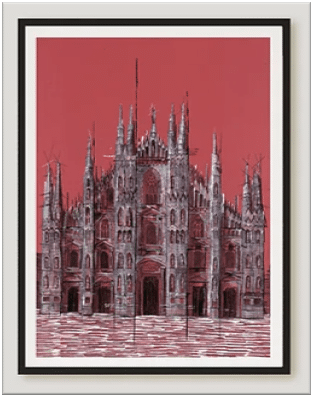
You mentioned that architecture can be either art-based, or engineering-based, do you think one has an advantage over the other?
I do. We had some Italian students who joined us in the final year of our course. They had been taught about the maths and engineering side of architecture in Italy, but their creative side was missing. They lacked the ability to think freely, be innovative, let their imagination run.
Conversely, some Brookes students went to Italy to do their Masters. While they were behind with regards to the engineering/structural side, they still finished top in the year. It’s far easier to learn information that it is to learn to be creative. Creativity has to be nurtured, inspired and encouraged; it can’t be taught from books.
On leaving university, what were your plans?
Despite knowing I didn’t want to be an architect; my first job was in a local architect’s practice. I thought it would be a good learning curve, I wanted to earn money, and check that my instinct was right. I was fired/told to leave after my 3-month probation! Which was fine by me, I didn’t enjoy it. I spent the next six months working on a local farm chopping wood and it was during this time that I began to learn how to make wallpaper.
Wallpaper is quite a niche market, how did that come about?
It was a combination of events. Firstly, I was thinking about how I could forge a career in art, or become an artist, and secondly, I’m a keen golfer. I’ve always thought that golf is seen as old-fashioned, club houses can be intimidating and dowdy places.
Bespoke wallpaper for golf clubs was one of the ideas I played around with. I started creating designs; golf course layouts, anything golf-related, and then I moved on to architectural designs. I developed roughly 50 designs in all.
How did your designs become reality?
My parents saw what I was doing, and gave me the confidence, the push, to ‘put my work out there’. Suddenly I found myself having to network and sell my ideas, not skills I had much experience in, and initially didn’t feel at all comfortable doing it.
My first sale came via a convoluted route. I met with the Sales Manager of the local golf club who loved the idea of golf wallpaper, and he introduced me to the head of the Ryder Cup, who introduced me to a senior designer at European Golf Design. He happened to be working at the Royal Norwich Golf Club, loved my designs and introduced me to the Club Manager. The timing was great, they were relocating the golf club.
Using the Club Manager’s connections, I wrote to all the Royal Clubs in the UK asking for their permission to use their golf club crests on one wallpaper design. The idea being it would connect them through their history, and they would want the wallpaper in their clubs. Of the 36 golf clubs, 27 responded positively. I worked closely with the project interior designer on colourways and layout to produce the final product. I haven’t yet managed to get the wallpaper in all the clubs, but maybe one day!
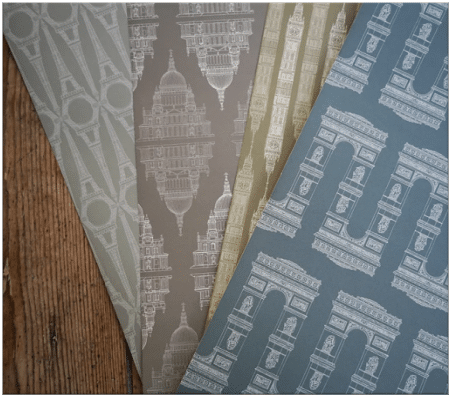
On LinkedIn you describe yourself as an Artist, Blogger, Creative, Podcaster. Which one of those do you feel most strongly connected to?
A creative without doubt. I try and focus on stimulating my mind to find different solutions to problems. I use it as my starting point to move forward; the artist, podcaster, blogger are products of that creativity. What’s great about the wallpaper is it allows me to be a designer and an artist in one. At the end of the day my art is hanging on someone’s wall.
Which aspect takes up most of your time?
When I was first starting the wallpaper business it took up all my time: who would print the designs, working out pricing, creating websites, branding, building up clientele etc. These days I don’t put lots of hours into growing the business, when someone commissions a piece of work I promote it on social media, but nothing more.
I’m lucky that, to a certain extent, I get to choose how I spend my time. I decide how much income I want to generate, a base salary each week, and go from there. Currently, I’m working three days a week in an architectural practice where I do branding, marketing and business development. This leaves me four days a week to pursue all my creative adventures including the podcasting and wallpaper designs.
Why have you chosen to not actively market your wallpaper designs?
There are so many other things I want to try; I can’t commit myself to one career for the next 40 or so years. I get so much energy from the ability to do different things. Wallpaper is also not my main passion and therefore committing to it fully would feel like a sacrifice.
Which of your projects are you most proud of?
The Royal Norwich wallpaper is definitely up there as it was proof to myself that I could create something from scratch and sell to the public. The other is Blue Mosque which is one of the first big paintings I sold.
Do you have any new projects in the pipeline?
I’m currently working on an alternative drinks company targeting those who want to drink less. I don’t want to say too much as this stage, it’s still early days, I’m currently doing flavour trials and getting proof of concept. I think there is a pressure, particularly for younger people, to try and fit in with a crowd which can involve getting drunk to have a good time. I never felt comfortable with that, I wanted to remain in control of what I was doing, but at the same time I do want to relax and unwind a bit. Hopefully, this product will allow people to do that.
What does success look like to you?
I think it’s the freedom to do what you want, when you want to do it, being fulfilled in everything you do and coming from a place of intentionality.
While at school current students have the opportunity to practice their networking skills, what is your advice to them?
I think, initially, learn how to be a good conversationalist. See it as an opportunity to improve your communication skills. Don’t have expectations of going in, asking for something and getting it. You’re more likely to frustrate someone if they sense you have a hidden agenda. Just meet people, learn about them, ask questions. Sometimes networking is about who that person knows, not what they can do for you. Learn to be a good listener and intentionally go and network to just build your network, regardless of what someone can do for you.
Practice as much as you can, be truthful about yourself, which will mean you have nothing to hide. Be brave. Chance encounters can lead to positive outcomes. One of my commissions came from a Radleian Society event. I was talking to an OR who was a property developer, that interaction led to him giving me a commission for one of his projects.
Was the art department your favourite place at Radley?
Actually, it was the G Social patch. I was really obsessed with football and every break I would pester friends to have a kick about with me. Obviously, I loved art. I felt I was really using my mind, it stimulated me in ways academic classes never did. Art was more exploratory to who you were, and you didn’t quite know where it was going to take you.
If you are interested in Will’s projects, click below or get in touch with Will at:

